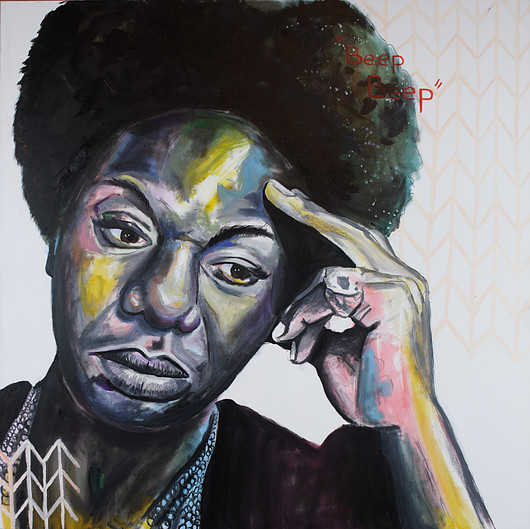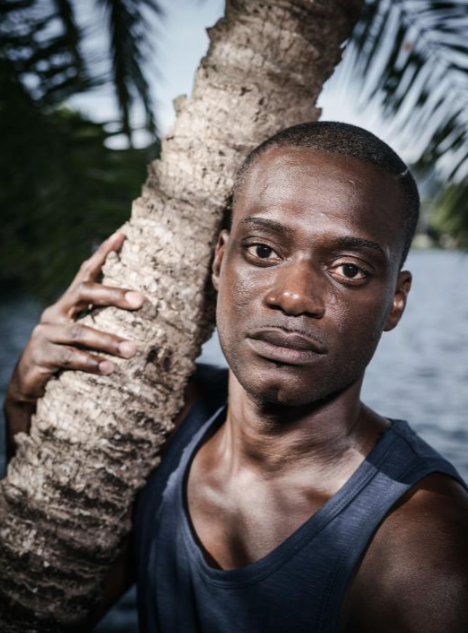"People make art ...as a way of expressing their need for contact, or their fear of it. "
-Olivia Laing in The Lonely City
I don't know exactly why I put The Lonely City: Adventures in the Art of Being Alone on my Amazon wish list. Perhaps it was just the title that reminded me what it felt like to live in London and New York. I had no idea I was about to read an excellent book not just about loneliness, but about art and art history in NYC. Laing brilliantly ties together themes of loneliness within her own experience and the experience of some of our greatest artists. Through that she penetrated what I have felt of loneliness in myself and what is often commented on in my work, and I'm sure so many others can relate to this.
She ends by saying:
"There are so many things art can't do. It can't bring the dead back to life, it can't mend arguments between friends, or cure AIDS, or halt the pace of climate change. All the same, it does have some extraordinary functions, some odd negotiating ability between people, including people who never meet and yet who infiltrate and enrich each other's lives. It does have a way of healing wounds, and better yet of making it apparent that not all wounds need healing and not all scars are ugly.
If I sound adamant it is because I am speaking from personal experience. When I came to New York I was in pieces, and though it sounds perverse, the way I recovered a sense of wholeness was not by meeting someone or by falling in love, but rather by handling the things that other people had made, slowly absorbing by way of this contact the fact that loneliness, longing, does not mean one has failed, but simply one is alive.
There is a gentrification happening to cities, and there is a gentrification that is happening to the emotions too, with a similarly homogenizing, whitening, deadening effect. Amidst the glossiness of late capitalism, we are fed the notion that all difficult feelings- depression, anxiety, loneliness, rage- are simply a consequence of unsettled chemistry, a problem to be fixed, rather than a response to structural injustice or, on the other hand, to the native texture of embodiment, of doing time, as David Wojnarowicz memorably put it, in a rented body, with all the attendant grief and frustration that entails.
I don't believe the cure for loneliness is meeting someone, not necessarily. I think it's about two things: learning how to befriend yourself and understanding that many of the things that seem to afflict us as individuals are in fact a result of larger forces of stigma and exclusion, which can and should be resisted.
Loneliness is personal, and it is also political. Loneliness is collective; it is a city. As to how to inhabit it, there are no rules and nor is there any need to feel shame, only to remember that the pursuit of individual happiness does not trump or excuse our obligations to each another. We are in this together, this accumulation of scars, this world of objects, this physical and temporary heaven that so often takes on the countenance of hell. What matters is kindness; what matters is solidarity. What matters is staying alert, staying open, because if we know anything from what has gone before us, it is that the time for feeling will not last."
















